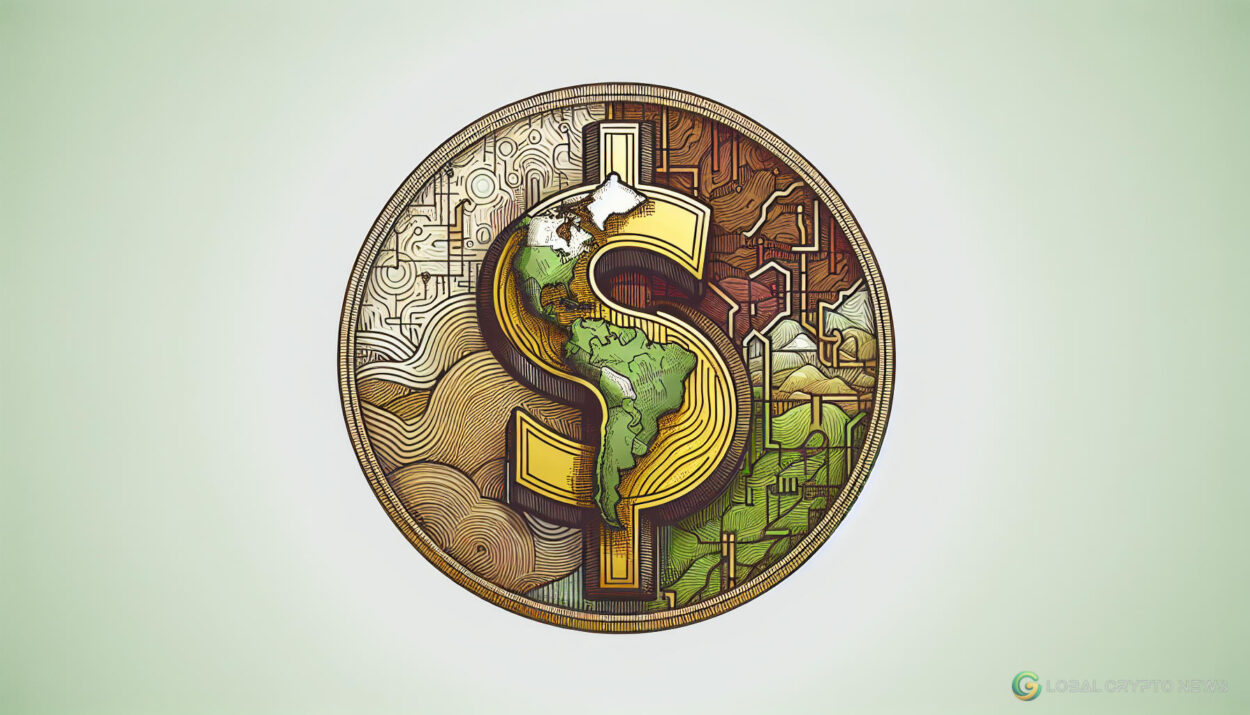Tether will release a documentary about USDT and its impact on the fight against inflation in honor of its tenth anniversary.
10 Years Towards Financial Freedom
In 2014, Brock Pierce, Reeve Collins, and Craig Sellars founded the Realcoin project, later known as Tether. The main idea was to create a digital currency pegged to fiat money to provide stable value and simplify cryptocurrency trading.
In October 2014, USDT was introduced as a stablecoin pegged to the U.S. dollar. Since then, Tether has actively worked to expand its ecosystem. Later, USDT was launched on the Ethereum, TRON, and TON blockchains, allowing the tokens to be used on various decentralized platforms.
In addition, USDT has been widely integrated into various dApps and smart contracts, strengthening its role in decentralized finance.
USDT: A Must-Have Coin in Crypto and Blockchain
Tether quickly became a popular currency for traders, as it allowed them to access stable funds during times of high volatility in the crypto market. It was integrated into many cryptocurrency exchanges, which increased its liquidity.
Tether and its stability have greatly influenced the development of the crypto market, allowing traders and investors to quickly move funds between cryptocurrencies and fiat without significant losses due to price fluctuations.
Throughout its history, Tether has remained the main stablecoin actively used throughout the crypto space. In the ten years since its launch, USDT has grown to a market capitalization of almost $120 billion, making it one of the largest cryptocurrencies ever.
A Lifeline for Developing Countries
Commenting on the documentary release, Tether CEO Paolo Ardoino said that USDT has become “a symbol of disintermediation, resilience, and stability.” The film explores the adoption of USDT in three countries: Argentina, Turkey, and Brazil.
These countries experience high inflation and instability of their national currencies. Additionally, developing countries often lack access to traditional banking services. Cryptocurrencies like Tether allow people to conduct financial transactions without banks, which is especially important in countries with low banking literacy.
For example, Argentina faces economic problems such as high inflation, devaluation of the national currency, peso, and restrictions on foreign exchange transactions. People are looking for ways to protect their savings, and cryptocurrencies can be an alternative.
A similar situation is happening in Turkey, where people face economic instability, including high inflation and depreciation of the lira. Cryptocurrencies are also seen as a way to protect savings from inflation.
In addition to economic problems, a significant number of people in Brazil do not have access to banking services. USDT allows these people to participate in the financial system and make transactions without opening a bank account.
Thus, in its ten years, USDT has become an essential asset in trading and a popular alternative to the dollar, giving people in developing countries access to the crypto market, allowing them to invest, trade, and make payments.
Unclear Moments in Tether’s History
Despite its success, there are still dark moments in Tether’s history. In the past, Tether has faced criticism for possible market manipulation and for possibly supporting the prices of Bitcoin and other cryptocurrencies.
In addition, although Tether claims that each USDT is backed by one U.S. dollar, many critics point to the lack of regular and independent audits that could confirm this claim. This raises questions about how secure and liquid the reserve is and whether these assets can provide full coverage for USDT.
Stay informed with the latest developments in the cryptocurrency world and explore more news on Global Crypto News.
#CryptoGains #CryptoMarket
























